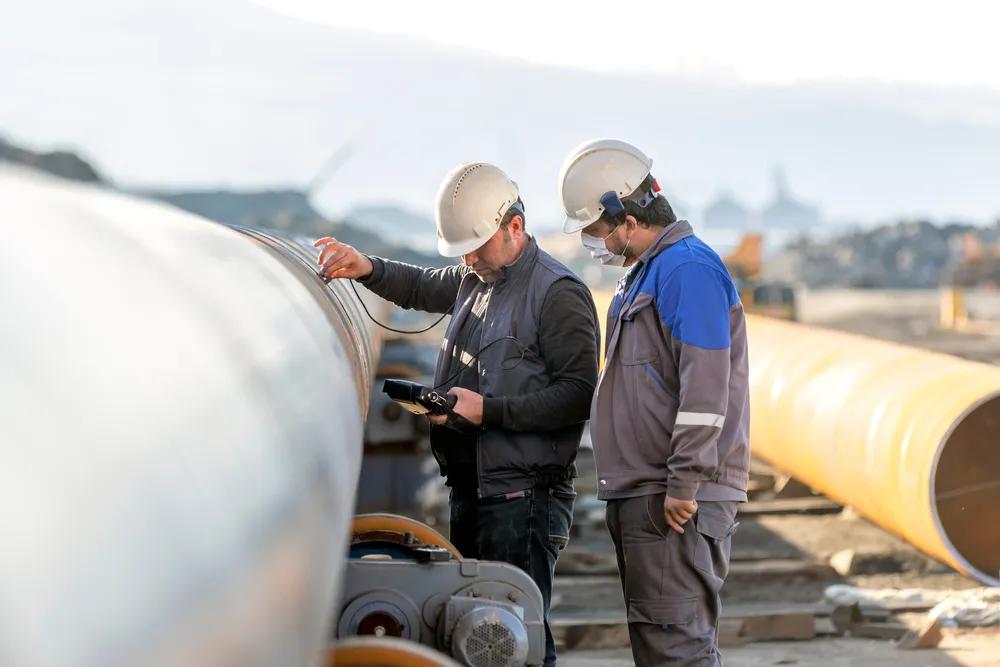

This course focuses on site issues related to design, operation and further optimization of hydraulic and pneumatic conveying methods for solid transport. During the course, participants will benefit from practical experience in selecting an appropriate method of conveying based on the characteristics of the material, the efficiency of the system, and the requirements of the operation process.
Over the past century, the transport of solids via hydraulic and pneumatic conveying systems has seen significant advancements. In industries handling large quantities of particulate materials—such as catalysts, polymer beads, china clay, pigments, paints, and food—these systems have become the preferred choice for transportation.
In the chemical industry alone, particle-based products account for over 30% of production capacity. Efficient handling of these particles is crucial, yet often inefficient from an engineering perspective. Improving these systems can lead to substantial cost savings across various sectors.
The complex interaction between solid particles and conveying mediums presents challenges in designing hydraulic and pneumatic conveying systems. Whether opting for positive pressure or portable pneumatic systems, factors such as fuel preparation, pumping or compressing, pipeline transport, and post-processing must be considered.
This course provides a comprehensive overview of hydraulic and pneumatic conveying systems, covering materials, equipment, design, operation, maintenance, and troubleshooting. It aims to ensure efficient operation and maintenance of these systems, optimizing both hydraulic and pneumatic transport methods.
Upon completion of this Solid Transport: Hydraulic and Pneumatic Conveying Methods course, participants will be able to:
Unit 1: Main Characteristics of Systems for Transport of Solids
Unit 2: Pipeline Design Considerations
Unit 3: Practical Aspects of System Safe Operation
Unit 4: Characteristics of Different Types of Pneumatic Conveying Systems
Unit 5: Survey of Equipment and Methods for After Treatment of Transported Material
Invalid mobile number. Please enter a valid number.
















